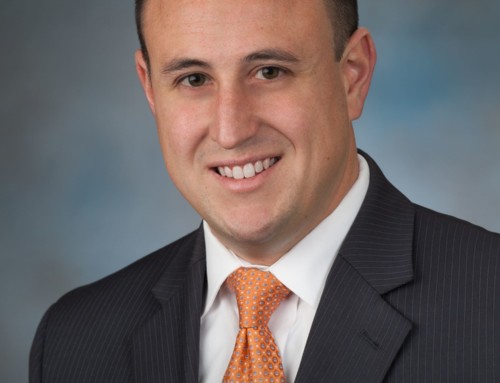The SECURE Act – What is it and will it impact you?
December of 2019 brought about the most significant retirement account reform in more than 10 years. The SECURE Act was introduced into legislation and implements changes to retirement accounts and college savings plans. The objective of these changes are to make saving for retirement easier and more accessible for Americans. Read these important changes that apply to retirees, families expecting children, small business owners and recent college graduates with student debt.
The most significant of the changes impacts those in retirement and the rules around making required minimum distributions (RMD). A RMD is a mandated requirement that forces individuals in retirement to take money out of their retirement account each year. Previous legislation required individuals 70 ½, and older, to withdraw money every year from their retirement account(s). Further those beyond 70 ½ were not allowed to make retirement account contributions if they were earning an income. The new legislation delays the RMD to age 72 and also allows those who earn wages to also contribute to traditional retirement accounts after age 72.
The Act will also limit the period of time distributions must be made from non-spousal beneficiary retirement accounts. A non-spousal beneficiary retirement account is a retirement account that is passed on to a beneficiary that is not the individual’s spouse. This may be children, other-family members, or entities such as a trust or charity. Prior rules allowed the non-spousal beneficiary to take a lifetime distribution based on their life expectancy. Meaning the withdrawals from the account can be stretched over a long period of time. Changes under the SECURE Act limits the period of time in which the distributions must occur to 10 years in most cases.
The new legislation also allows long-term, part-time workers to participate in retirement accounts through their employers. Previously, part-time workers who worked less than 1,000 hours per year were not eligible to participate in a company 401(k). The new law makes it possible for long-term part-time workers with less than 1,000 hours who have worked more than three consecutive years to participate in the 401(k).
Further reform has been made for parents starting families who are now eligible to withdraw up to $5,000, per parent, penalty-free from their retirement account. Prior law imposed a 10% early withdrawal penalty for taking money out of a retirement account before age 59 ½ . The qualified birth or adoption distribution is available to parents expecting childbirth or adoption. Giving them access, up to $5,000 per parent, to their retirement accounts should funds be required when starting a family.
The Act also allows any unused funds in a 529 college savings plan to be used toward student loan debt. A maximum of $10,000 from a 529 college savings plan can be used toward paying student loan balances. The law change also allows money in a 529 college savings plan to be used toward certain apprenticeships. Previous laws did not allow unused money to be used as payment toward student loans nor did it allow the funds to be used for an apprenticeship.
And finally, among the several changes from the new law, the SECURE Act offers various incentives to small business owners to start retirement plans. Tax credits may be available to business owners who start-up a retirement plans for their employees. Various incentives apply to small business owners who start a new retirement plan for their workers.
Several changes have been placed into law under the SECURE Act, some of which have been briefly covered above. Speaking with a financial professional or tax specialist about the SECURE Act is recommended to find out if, and how, you might be impacted by the changes set into law. It’s always important to speak with a professional when making important financial decisions about retirement and other future needs.






